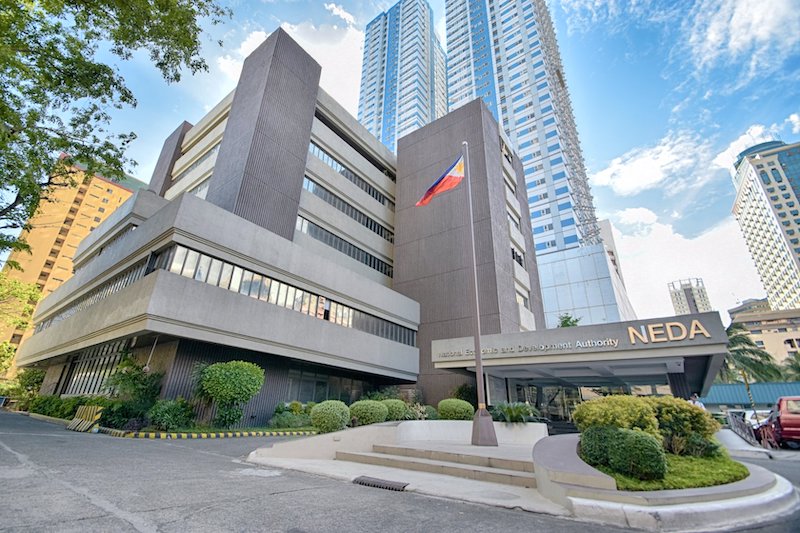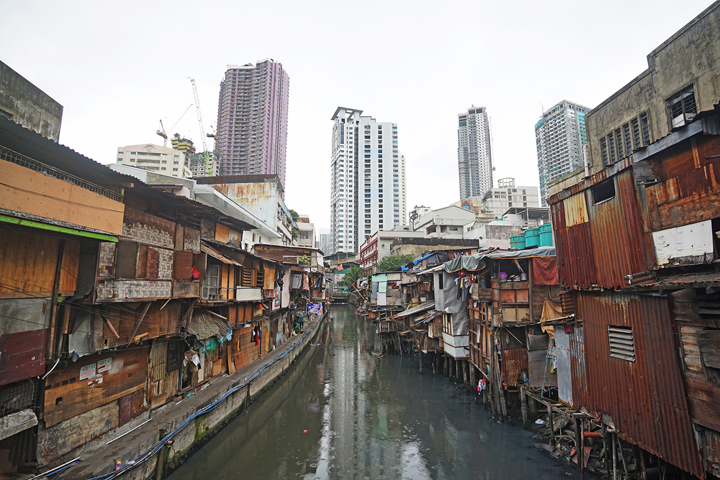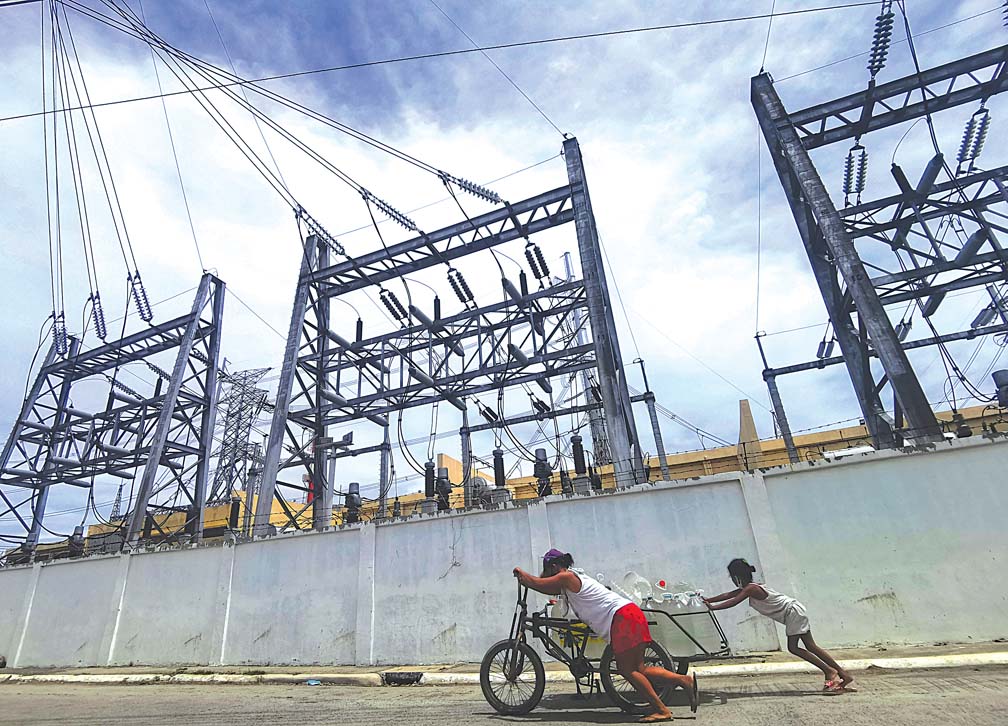PRESIDENT Duterte has signed into law the rice tariffication bill, opening up the country’s rice market as it aims to convert quantitative restrictions (QR) on rice into tariffs.
Asked to confirm if the measure was already signed by the President, Presidential Spokesman and Chief Presidential Legal Counsel Salvador S. Panelo replied “Yes” in a text message to BusinessMirror.
Panelo earlier said the President told the farmers in their last meeting that the bill is for the greater good and interest.
Malacanang earlier said that the President will not veto the bill even if the President acknowledged that it will be detrimental to farmers.
This was as Duterte had a dialogue with rice farmers, millers, and retailers last Wednesday to discuss their concerns over the measure. Stakeholders and officials, however, said Duterte will consider their concerns before acting on the bill.
A day after the rice tariffication bill was transmitted to Malacanang last January 15, rice industry stakeholders and even a top official of the agriculture department urged Duterte to veto the measure, particularly because of the provisions that seek to remove the National Food Authority’s regulatory role.
The measure will strip the NFA of its power to control the volume of rice imports entering the Philippine market, as well as of its capacity to license importers.
Under the proposed law, interested importers will only need to secure a sanitary and phytosanitary import clearance from the Bureau of Plant Industry as proof that the rice they will bring in is safe for consumption.
They will also have to pay a tariff of 35 percent if the imports are coming from a member-state of the Association of Southeast Asian Nations; and 50 percent if they are from outside the region.
The proposed law will also create the Rice Competitiveness Enhancement Fund (RCEF), also called the rice fund, which will consist of an initial P10 billion; and all duties collected from the importation of rice. As a safety net, the rice fund will be used to finance programs —whether through direct support or research—for farmers.
Trade Secretary Ramon Lopez earlier said the President is open to reducing the allocation for research under the RCEF and transferring it to direct support for farmers to provide the latter with a better safety net once the rice tariffication bill is signed into law.
Under the bill, 50 percent of the RCEF is to be used for the purchase of rice farm equipment, such as tillers, tractors, seeders, threshers, rice planters, harvesters, among others, for purposes of improving farm mechanization.
Further, 30 percent of the rice fund will be allocated for the development, propagation and promotion of inbred seeds to rice farmers. The bill also sets aside 10 percent for credit with minimal interest to farmers and cooperatives.
The remaining 10 percent is for research and education on rice crop production, modern rice farming techniques, seed production, farm mechanization, as well as technology transfer through farm schools nationwide.
Nonetheless, the government aims to address these problems as it started to craft the implementing rules and regulations for the measure.
Government economists estimate prices of rice will go down by anywhere from P4 to P7 per kilo once the bill is in place. However, farmers fear this could spell the death of the domestic rice industry, as the NFA is stripped of its power to manage the volume of imports.
Image credits: Roy Domingo

































